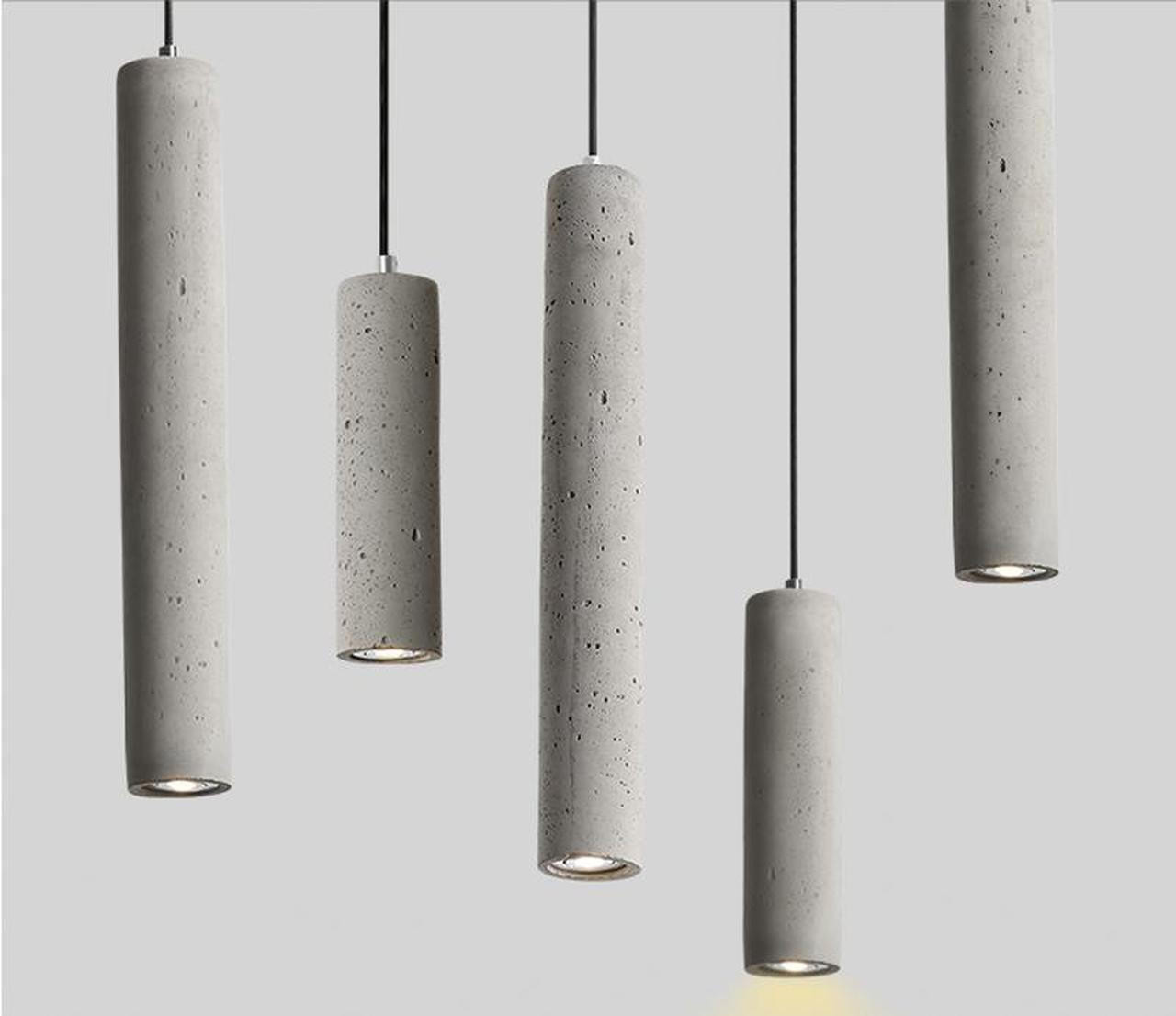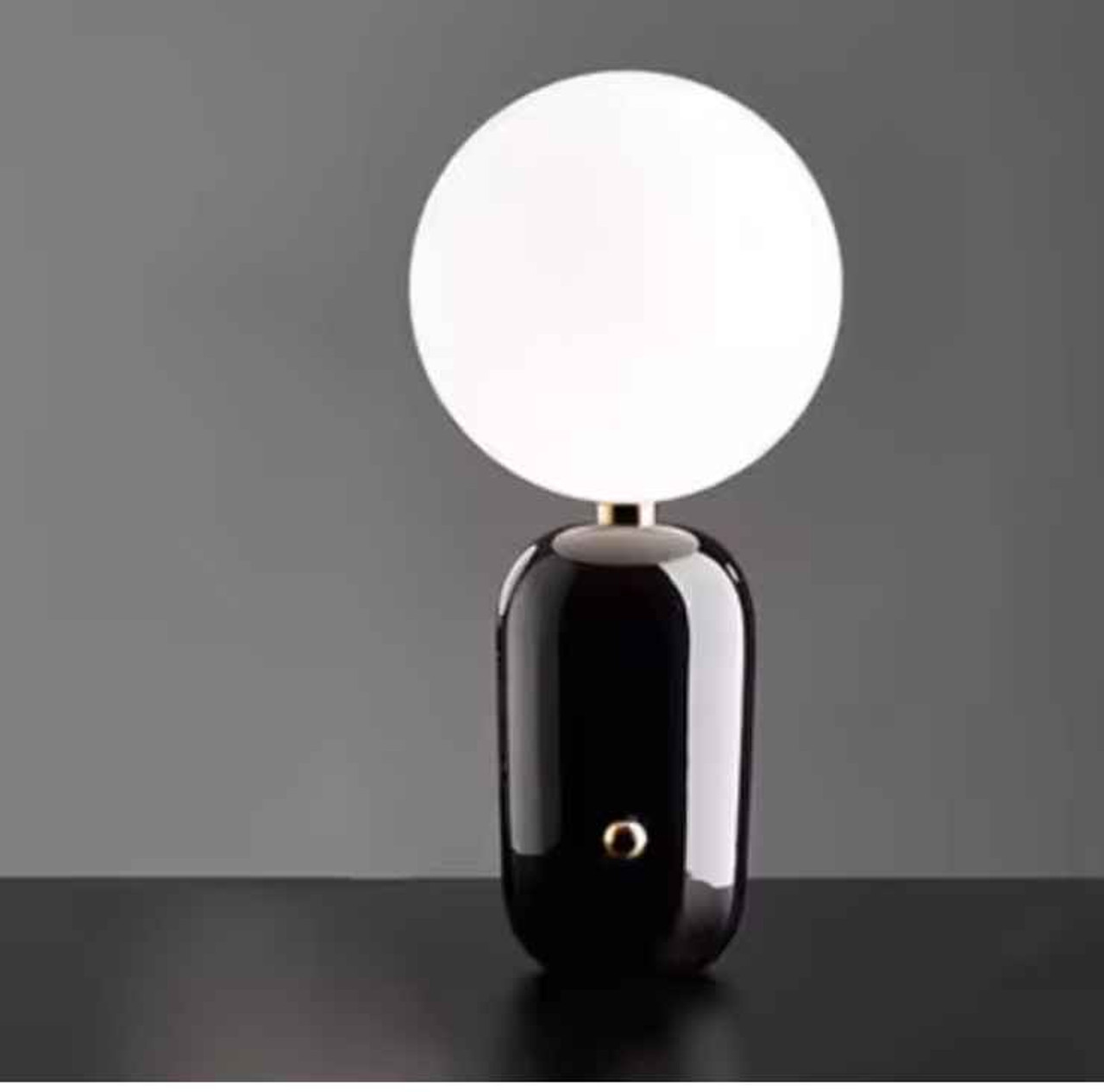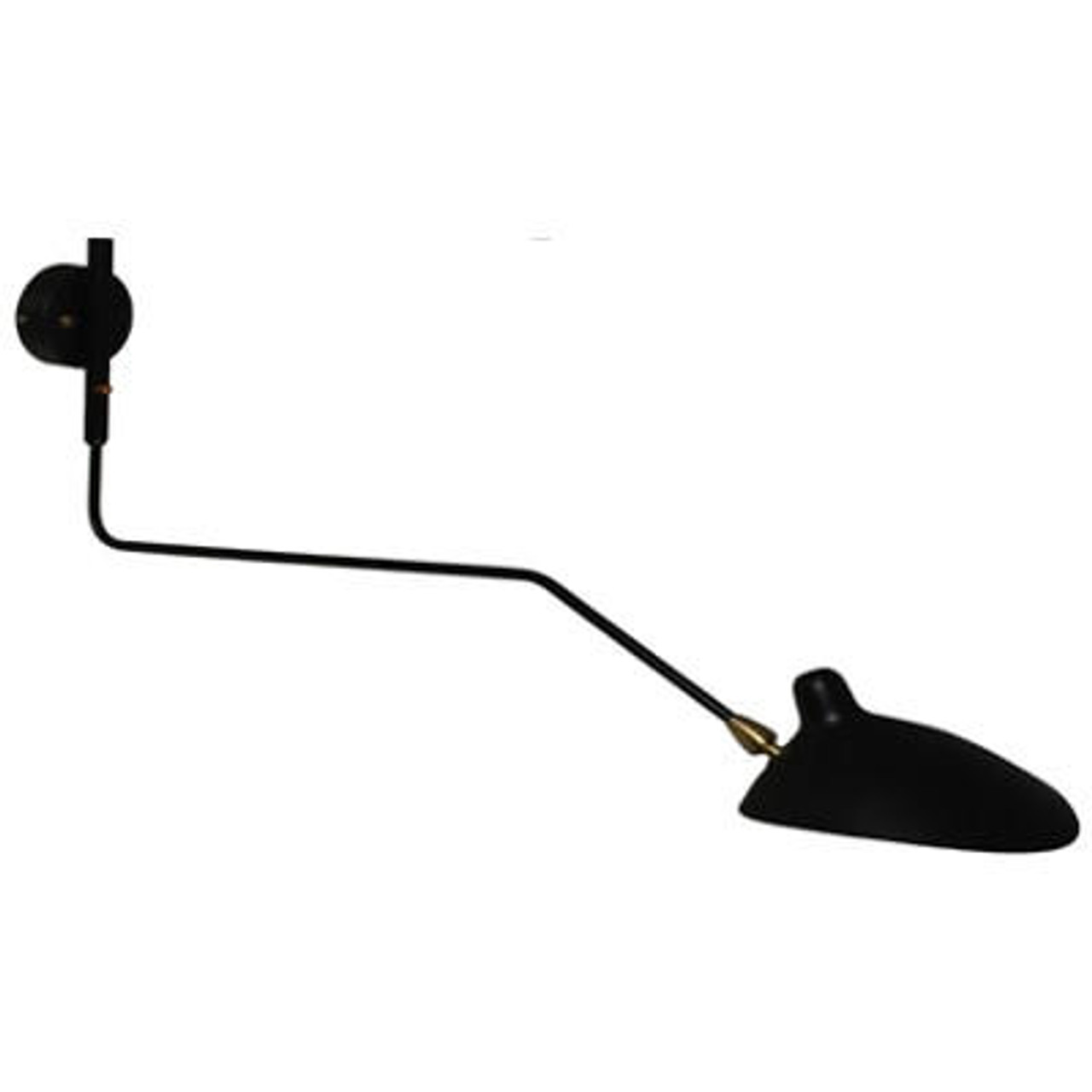Le Corbusier Lamp: A Guide to Authenticity and Replicas in the Market
Aug 28, 2024
Introduction
The name Le Corbusier is synonymous with modernist architecture and design. His contributions have left an indelible mark on the world of design, and his lighting creations, particularly the Le Corbusier lamps, continue to be highly sought after. However, with their growing popularity comes the challenge of distinguishing between authentic Le Corbusier lamps and the numerous replicas available in the market. This article serves as a comprehensive guide for anyone looking to purchase a Le Corbusier lamp, offering insights into the value of authenticity, tips for identifying genuine pieces, and advice on navigating the market for replicas.
The Legacy of Le Corbusier's Lighting Designs
Le Corbusier, born Charles-Édouard Jeanneret, was a pioneering architect and designer whose work spanned across architecture, urban planning, and furniture design. His approach to lighting was as innovative as his architectural designs, emphasizing functionality, simplicity, and the use of industrial materials. Some of his most iconic lighting designs include the Lampe de Marseille, the Applique de Marseille, and the Lampe Gras, which were created to complement his architectural projects.
These lamps are celebrated for their clean lines, utilitarian forms, and ability to blend seamlessly into various interior spaces. As a result, they have become coveted pieces for design enthusiasts and collectors alike. However, the demand for these lamps has led to a proliferation of replicas, making it crucial for buyers to know how to differentiate between an original and a copy.
Why Authenticity Matters
Owning an authentic Le Corbusier lamp is not just about possessing a functional lighting fixture; it is about owning a piece of design history. Authentic pieces carry the weight of Le Corbusier’s vision and craftsmanship, and they often hold or increase in value over time. These lamps are also constructed with high-quality materials and meticulous attention to detail, ensuring their longevity and continued functionality.
In contrast, replicas may lack the durability, design integrity, and value of an original. While replicas can offer a similar aesthetic at a lower price point, they do not carry the same historical significance or potential for appreciation. For collectors and design purists, authenticity is paramount.
Identifying Genuine Le Corbusier Lamps
When it comes to distinguishing an authentic Le Corbusier lamp from a replica, there are several key factors to consider:
- Manufacturer's Markings:
- Genuine Le Corbusier lamps typically feature markings from the original manufacturer, such as Nemo Lighting or DCW éditions, which currently produce licensed versions of his designs. These markings may include the company name, logo, or a serial number. Be sure to check for these details, as they are a strong indicator of authenticity.
- Quality of Materials:
- Authentic Le Corbusier lamps are made from high-quality materials such as steel, aluminum, and brass. The finish should be smooth, consistent, and free from imperfections. Replicas may use cheaper materials that feel lighter or less durable. Pay close attention to the weight and feel of the lamp, as this can be a giveaway.
- Attention to Detail:
- Le Corbusier’s designs are known for their precision and attention to detail. Authentic lamps will have clean lines, well-finished edges, and consistent proportions. Look for signs of poor craftsmanship, such as uneven welds, sloppy paint jobs, or misaligned parts, which are common in replicas.
- Provenance and Documentation:
- When purchasing a Le Corbusier lamp, especially from a secondary market or auction, provenance is crucial. Authentic pieces often come with documentation proving their origin, such as certificates of authenticity or original receipts. Ask the seller for any available documentation and verify the information provided.
- Research the Seller:
- Whether buying from a retailer, auction house, or online marketplace, it’s important to research the seller’s reputation. Established dealers of modernist furniture and lighting are more likely to offer authentic pieces. Be wary of sellers with limited history or negative reviews, as this can be a red flag.
Navigating the Market for Replicas
While owning an authentic Le Corbusier lamp is ideal for many, replicas can be a viable alternative for those who admire the design but are constrained by budget. However, it’s important to approach the market for replicas with caution and informed expectations.
- Understanding the Differences:
- Recognize that replicas will differ from authentic pieces in materials, craftsmanship, and overall quality. While they may capture the general look of a Le Corbusier lamp, they won’t offer the same level of durability or historical value.
- Evaluating Quality:
- Not all replicas are created equal. Some manufacturers produce high-quality replicas that are faithful to the original designs, while others may cut corners. If you decide to purchase a replica, aim for one that is well-made and offers a good balance between price and quality.
- Ethical Considerations:
- The production of replicas raises ethical questions about intellectual property and design integrity. Some companies produce replicas with little regard for the original designer’s rights, while others may offer licensed reproductions that support the legacy of Le Corbusier. Consider these factors when making your decision.
- Where to Buy Replicas:
- If you choose to buy a replica, look for reputable manufacturers or retailers known for producing high-quality reproductions. Avoid purchasing from unknown or unverified sources, as these are more likely to offer poorly made products.
Making an Informed Purchase
Whether you’re in the market for an authentic Le Corbusier lamp or a high-quality replica, the key is to make an informed purchase. Take the time to research, ask questions, and inspect the product thoroughly before committing. By understanding the differences between originals and replicas, you can make a choice that best fits your needs, budget, and appreciation for design.
Conclusion
The Le Corbusier lamp is more than just a lighting fixture; it’s a symbol of modernist design and a piece of architectural history. For those who value authenticity, owning an original is a way to connect with the legacy of one of the most influential designers of the 20th century. However, for those who appreciate the design but face budget constraints, a high-quality replica can still bring a touch of Le Corbusier’s vision into your home.
By following the tips and guidelines provided in this article, you can navigate the market with confidence, ensuring that your purchase—whether an original or a replica—brings both beauty and value to your space.
References and Further Reading
- "Le Corbusier: An Atlas of Modern Landscapes" - A comprehensive guide to Le Corbusier’s work, including his contributions to lighting design.
- "Nemo Lighting Official Website" - Explore the current production of licensed Le Corbusier lamps.
- "Understanding Mid-Century Modern Lighting" - A broader look at the lighting designs of the mid-century modern period, including the works of Le Corbusier.




